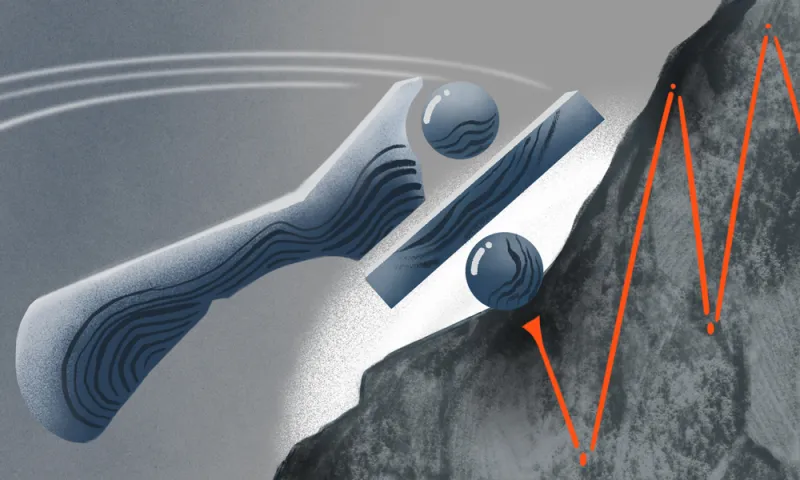The problem for active management is not high fees, but rather that they charge investors during inevitable periods of underperformance, according to new research from Westwood, a publicly traded active manager.
Under the traditional model, “You’re paying a fixed fee for an uncertain outcome,” said Westwood’s Philip DeSantis, head of product management, in an interview. “Beta drives a large portion of the total return for any long-only mandate, even though the active manager gets paid on the entire bucket,” he said.
Westwood’s research is focused on designing fees around the probability of investors earning risk-adjusted excess returns. In large-cap stocks, for instance, asset managers are less likely to deliver outsize returns than they are investing in small caps. Fees should reflect those differences, Westwood argued.
Investors paid more than $105 billion in fees to underperforming large cap managers in the last 10 years as of the end of 2018, according to Morningstar.
Westwood came up with a radical proposal: Charge zero percent for managing capital and 30 percent for outperformance — a 0-and-30 model.
For example, an investor with a $100 million portfolio that earned 5 percent annually over 20 years would save $9.2 million in fees under a 0-and-30 structure versus a flat 0.40 percent management fee.
But more importantly, paying only for alpha would help investors grapple with volatility. In bad years, investors do not pay any fees. Active managers need to give investors a better probability of winning, DeSantis said.
“If a manager delivers real alpha and real skill, you’re happy to pay,” said DeSantis. “But you don’t want to incent me to take market risk.” Because of this, fees should be calculated using risk-based measures, such as information ratios. They should also be calculated over a three-year rolling period. “That way, there are built-in claw backs,” he added. In addition, fee caps should be set around the results of a top quartile manager to eliminate the incentives for outsize risk taking.
DeSantis said the effort is designed to beat back the trend to passive, particularly in the most efficient asset classes like large cap stocks. In large caps, for instance, the best managers hold concentrated portfolios, and inevitably have periods of underperformance. If an active manager charges a low base fee combined with a performance fee, there’s little incentive for investors to opt for passive. That’s because the active strategy is only charging for the alpha it creates in the years that it is actually produced, DeSantis explained.
Westwood is in the early stages of offering investors the option of paying zero or passive-like base fees plus a portion of risk-adjusted outperformance. The manager just started something similar for its wealth business, which includes institutions. The wealth program combines a 20 basis point flat annual base fee for fiduciary and advisory services with a performance fee of 10 percent of total returns. Total fees are capped at 1 percent to reduce incentives for the manager to take excessive risks.
[II Deep Dive: The Next Big Fee Trend]
Investors need to go home with a bigger share of their returns, Westwood argued.
Over the last five years, investors paid median fees that amounted to 45 percent of the return of market-neutral funds and 63 percent of returns in the multi-alternative fund category. Even in categories thought of as inefficient, such as SMID — a mix of small and mid-cap stocks — only a little more than 40 percent of institutional products outperformed their benchmarks over 10 years, the manager found.
Westwood calculates that with a zero base fee and 30 percent incentive fee, investors would pay 16 percent of alpha for a fund that earned 6 percent.
“There is cyclicality in active,” DeSantis told Institutional Investor. “When you underperform and then look at fees, that’s where the angst happens. This is the mathematical myth of the industry that causes active management a lot of pain,” he said.
“Let’s be honest, this business is being commoditized. This is a way of potentially solving that,” DeSantis said.







